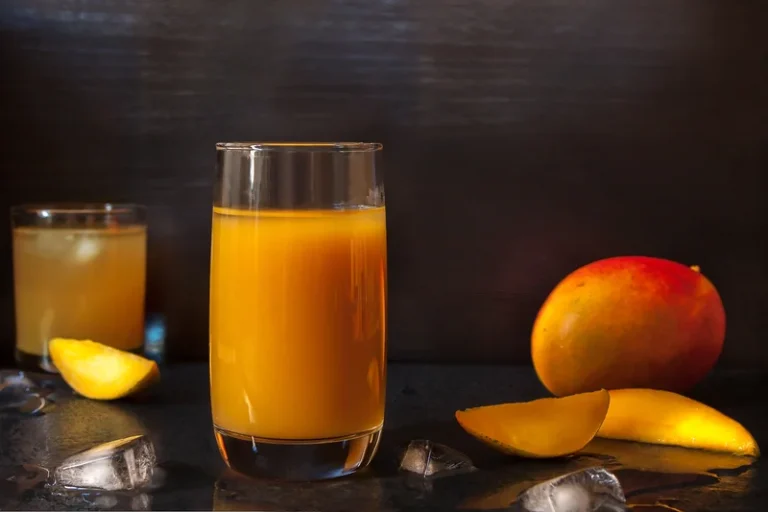The 7 Best Online Sober Clubs

Read more to see whether an online sobriety support group is right for you. Alcohol is the most widely used substance in the United States, and it’s often misused. According to the 2019 National Survey on Drug Use and https://ecosoberhouse.com/article/drug-detox-process-and-side-effects/ Health, 14.5 million people in the United States ages 12 years and older live with alcohol use disorder (AUD).
- Free to anyone who wishes to participate, Alcoholics Anonymous is known for its 12-step process and welcoming community.
- 9 Resist him, steadfast in the faith, knowing that the same sufferings are experienced by your brotherhood in the world.
- Members receive support and guidance from their peers, fostering a sense of camaraderie and accountability.
- Uncover the link between stress and addiction, and strategies for prevention and recovery.
Understanding Relapse in Recovery
Another part of establishing a solid sober relationship is to engage in shared pleasures. Often, a couple begins a relationship with such shared pleasures like eating out, hiking, going to the cinema etc, but these shared pleasures tend to fall away as drinking plays more of a role. Intimacy, including but not limited to sexual intimacy, is for most couples a shared pleasure that may have waned over time. For some couples, seeking the assistance of a counsellor or therapist in identifying and building shared pleasures can help in this process.
How to Build Your Own Sober Support Network
This evidence-based program focuses on empowering individuals to make positive changes in their lives by providing practical tools and techniques for recovery. Find support, prevent relapse, and cultivate relationships for long-term sobriety. Additionally, the Affordable Care Act (ACA) requires insurance companies to provide coverage for addiction treatments in Florida. This means that insurance plans sold through the ACA marketplace must cover addiction treatment services, including detoxification, inpatient and outpatient treatment, and aftercare programs. However, the specific details of coverage may vary depending on the insurance plan and the individual’s specific situation. Additionally, some insurance plans may require prior authorization or limit the amount of treatment covered.

Quick Summary of Sober Networking:
CSLT sober networking is located in Sacramento County California and consists of 16 houses with a 136 bed capacity. Phase I lasts 30 to 90 days and is designed to provide some limits and structure for new residents. Residents must agree to abide by a curfew and attend at 12-step meetings five times per week.
An Interview with Denise Kolivoski of the National Council on Addiction and Drug Dependence (NCADD)

Without a doubt, addiction can fracture relationships with loved ones; however, that doesn’t mean these relationships are broken forever. During your recovery journey, you can rebuild these relationships with trusted friends and family members. Loosid offers chat groups to help sober people meet one another where they live, make new sober friendships, and find people to do activities that don’t revolve around alcohol.

- They believe in their ability to cope with stress without relying on alcohol or drugs.
- However, some people may have been encouraged to use substances by the people around them, including friends and family.
- It is also a resource for connecting with help and support you need, whenever, wherever, and however you need it.
- Sober Grid is a free app that can connect you with sober people in your area and around the world.
Some involve a series of steps through which members must progress to complete the program. Others use apps or coaching programs to help members work on specific goals or psychological techniques to manage addiction’s underlying causes. LifeRing offers online and in-person meetings that promote self-empowerment rather than belief in a higher power, making it a good alternative to faith-based recovery groups. These measures were taken from Gerstein et al. (1994) and labeled Peak Density and 6-month abstinence. Peak Density is the number of days of any substance use (i.e., any alcohol or drug) during the month of highest use over the past 6 months (coded 0-31).
Building and maintaining a strong support network is an essential step in establishing a solid foundation for a successful and fulfilling life in sobriety. Being part of a sober support network fosters increased self-awareness. Through interactions and discussions within the network, individuals gain insights into their own thought patterns, emotions, and behaviors.
One effective approach is to build a support network that suits your specific needs and circumstances. These support groups offer individuals ways to connect with others going through similar experiences, providing guidance, support, and immediate help if needed. For more information on support groups, refer to our articles on steps to sober living and seek the sober life. Many individuals attempting to abstain from alcohol and drugs do not have access to appropriate housing that supports sustained recovery. Improvements were noted in alcohol and drug use, arrests, psychiatric symptoms and employment. Although criminal justice referred residents had alcohol and drug use outcomes that were similar to other residents, they had a harder time finding and keeping work and had higher rearrest rates.
- Build support, prevent relapse, and find purpose on the road to sobriety.
- Some of the group’s strategies include positive reinforcement, cognitive restructuring, relaxation, diet, and exercise.
- The goal of the program is to promote abstinence from alcohol and other substances through positive lifestyle changes.
- These support groups offer individuals ways to connect with others going through similar experiences, providing guidance, support, and immediate help if needed.
9 (F)Resist him, (G)firm in your faith, knowing that (H)the same kinds of suffering are being experienced by your brotherhood throughout the world. Two additional measures were included as covariates because they assess factors emphasized by as important to recovery in SLHs. This measure was taken from Gerstein et al. (1994) and was defined as number of arrests over the past 6 months. To assess current psychiatric severity we used the Brief Symptom Inventory (Derogatis & Melisaratos, 1983).